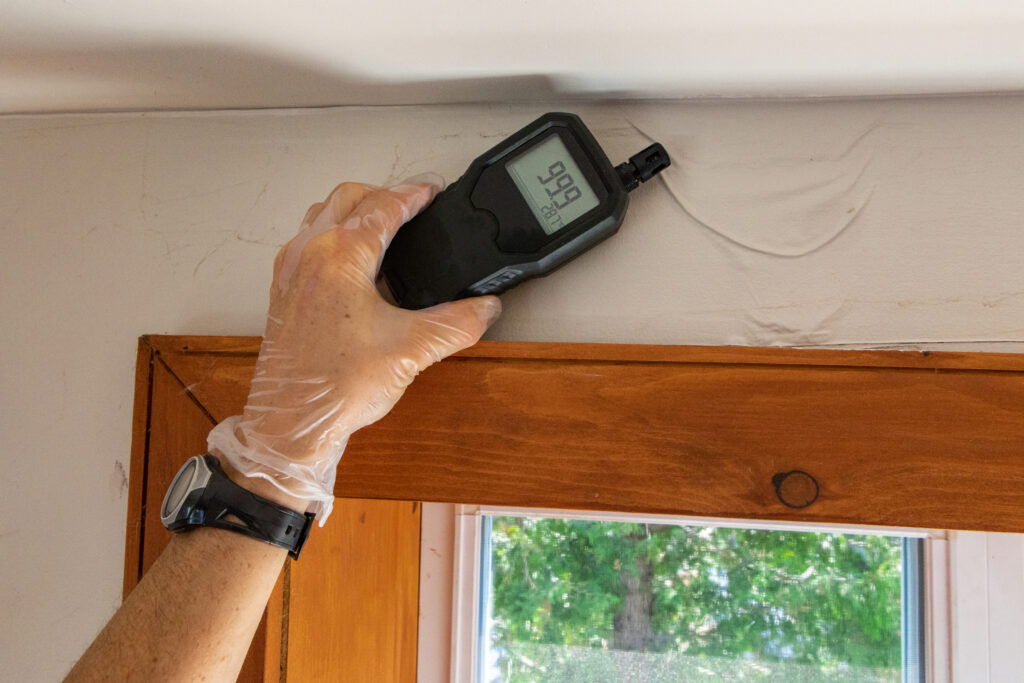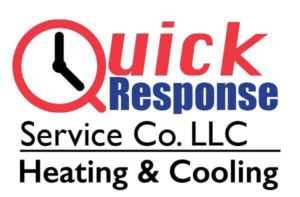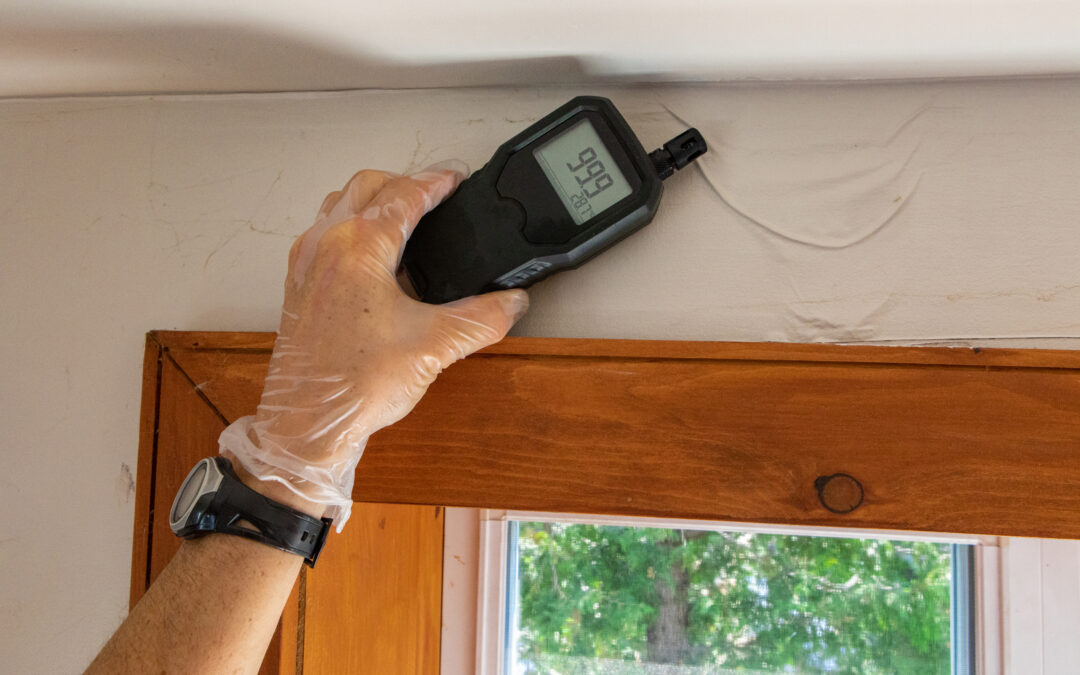Indoor air quality can have a significant impact on your health and well-being. It is important to know how to check the air quality in your home. Poor air quality can cause respiratory problems, allergies, and other health issues. Fortunately, there are steps you can take to check and improve the air quality in your home. This guide will provide you with everything you need to know to ensure that the air you breathe is clean and healthy.

Understand the sources of indoor air pollution.
Before you can effectively check and improve the air quality in your home, it’s important to understand the sources of indoor air pollution. Common sources include tobacco smoke, household cleaning products, pet dander, mold, and outdoor pollutants that make their way inside. By identifying the sources of pollution, you can take targeted steps to reduce or eliminate them and improve the air quality in your home.
Once you’ve identified the sources of indoor air pollution in your home, you can use a variety of tools to check the air quality. One option is to purchase an air quality monitor, which can measure levels of pollutants such as particulate matter, volatile organic compounds (VOCs), and carbon monoxide. These monitors can be expensive, but they provide detailed information about the air quality in your home. Another option is to use a DIY air quality test kit, which typically involves collecting air samples and sending them to a lab for analysis. These kits are more affordable, but may not provide as much information as an air quality monitor. Regardless of the method you choose, regularly checking the air quality in your home can help you identify and address potential health hazards.

Test for common pollutants like mold, radon, and carbon monoxide.
To effectively check the air quality in your home, it’s important to test for common pollutants like mold, radon, and carbon monoxide. Mold can grow in damp areas like bathrooms and basements, and can cause respiratory problems and allergies. Radon is a colorless, odorless gas that can seep into homes from the ground and cause lung cancer. Carbon monoxide is a poisonous gas that can be emitted from gas stoves, fireplaces, and furnaces, and can cause headaches, dizziness, and even death. Testing for these pollutants can help you identify any potential health hazards in your home and take steps to address them.

